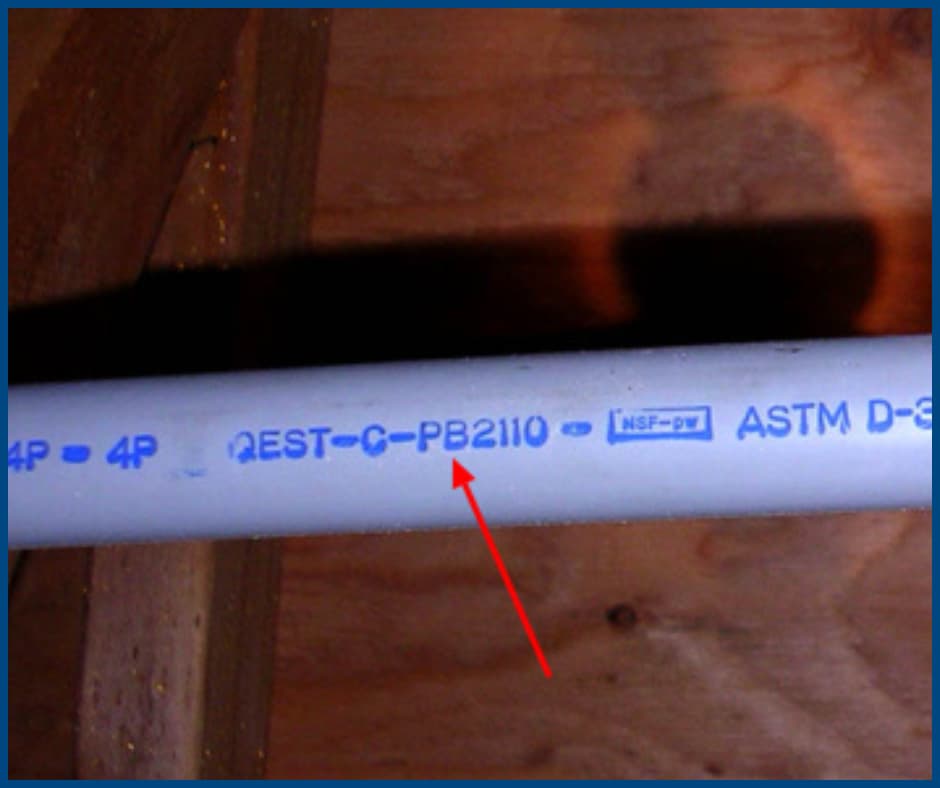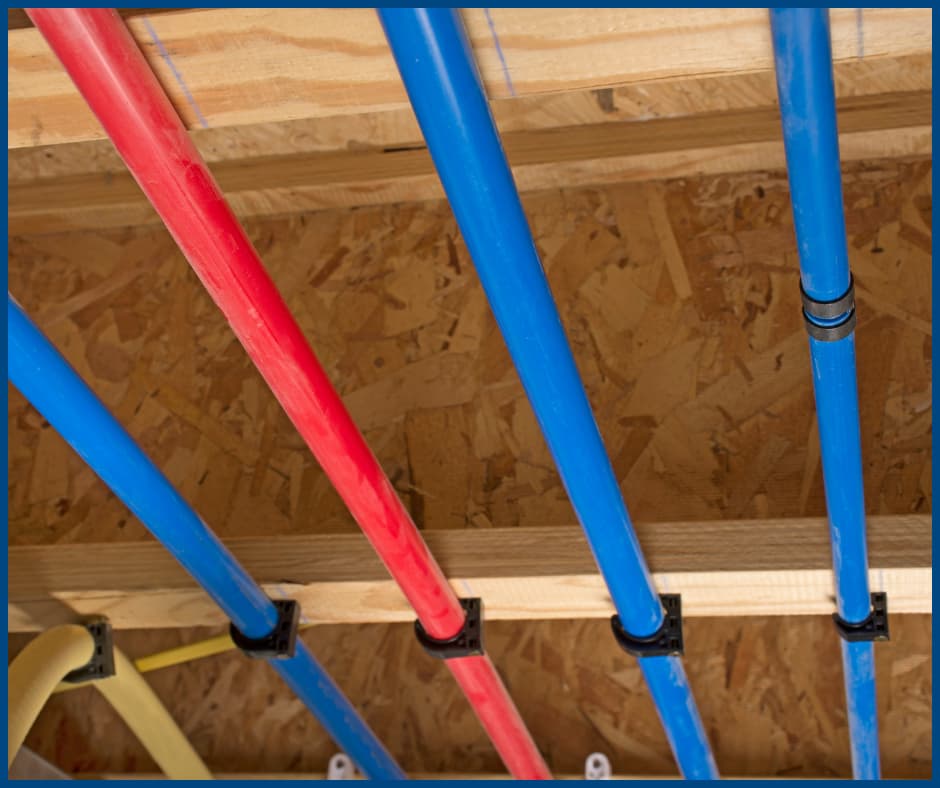Polybutylene pipes were widely used in homes from the late 1970s through the mid-1990s, particularly in the United States and Canada. Known for their affordability and ease of installation, this type of plumbing was considered a great advancement at the time. However, over the years, these pipes have developed a notorious reputation due to their tendency to fail unexpectedly. Understanding the issues surrounding these plumbing materials is crucial for homeowners, home buyers, and real estate professionals.
In this article, we will explore the history, risks, and best practices for dealing with polybutylene piping in your home.
What Are Polybutylene Pipes?
These plumbing materials are made from a plastic resin called polybutylene. They were commonly used for residential water supply systems. Typically blue, gray, or black, they can be found in interior plumbing systems and exterior underground water mains.
This type of piping was attractive for home construction due to its low cost and flexibility. These features allowed plumbers to install it faster than traditional copper pipes. Additionally, polybutylene was thought to be highly resistant to freezing, corrosion, and scaling—making it seem like an ideal solution for residential water systems.
However, over time, it became evident that polybutylene plumbing had significant durability issues, leading to risks for homes that still use these materials.
Why Do These Pipes Fail?
One of the main concerns with this type of piping is its susceptibility to failure. Although the pipes initially appear to function well, they can deteriorate unexpectedly. The primary reason for this is oxidation caused by exposure to the chemicals used in the water supply, particularly chlorine.
As time passes, exposure to water treatment chemicals causes the material to become brittle. Microscopic cracks form inside the pipes, and these cracks can lead to leaks or sudden bursts. Unfortunately, there is no reliable way to predict when a polybutylene pipe will fail, and even well-maintained systems can experience leaks.
Factors that contribute to the failure of polybutylene pipes include:
- Water Chemistry: High chlorine levels in municipal water accelerate the deterioration of these plumbing materials.
- Age of Pipes: Most polybutylene systems are now several decades old, increasing the risk of failure.
- Poor Installation: Incorrect fittings and connections can worsen the likelihood of pipe failure.
- Pressure Changes: Fluctuations in water pressure can stress the already fragile pipes, leading to cracks and leaks.
Common Signs of Plumbing Problems
Identifying polybutylene systems in your home is the first step toward assessing risk. However, it’s also essential to recognize early signs of failure before a catastrophic event occurs.
Signs of potential plumbing issues include:
- Discolored Water: If you notice rust-colored or cloudy water from your taps, this could be an early sign of deterioration.
- Water Stains on Walls or Ceilings: Leaks can cause water to accumulate behind walls or ceilings, showing up as brown stains.
- Reduced Water Pressure: Deteriorating pipes can restrict flow, leading to a noticeable drop in pressure.
- Unexplained Water Bills: A sudden spike in your bill without noticeable leaks could indicate an underground plumbing leak.
If you experience any of these issues, have a professional plumber inspect your system to determine if polybutylene plumbing is the root cause.
Replacing Polybutylene Pipes: Is It Necessary?
The question of whether to replace these pipes is common. Unfortunately, there is a strong consensus among professionals that replacement is necessary. Temporary fixes, such as patching leaks, may offer short-term relief but do not address the underlying issue of pipe deterioration.
Given the unpredictability of plumbing failures, replacement is the most reliable solution. Most plumbing professionals recommend switching to modern materials such as PEX (cross-linked polyethylene) or copper for their durability and reliability.
Benefits of Replacing Old Plumbing:
- Increased Home Value: Updated systems are more attractive to potential buyers.
- Peace of Mind: Replacing your pipes ensures you won’t face unexpected leaks.
- Improved Water Quality: New materials are less likely to leach chemicals into your water.
- Reduced Insurance Premiums: Some insurers charge higher rates for homes with outdated plumbing.
While the cost of replacing these pipes varies, it’s a worthwhile investment that can prevent future damage and repair costs.
Legal and Insurance Implications
These plumbing materials have been the subject of several class-action lawsuits, particularly in the 1990s when widespread failures were reported. These lawsuits led to settlements that covered replacement costs for affected homeowners. However, these funds are no longer available, meaning current homeowners are responsible for replacing the plumbing out of pocket.
Additionally, some home insurance companies may refuse to cover homes with polybutylene piping or charge higher premiums due to increased risk. If you are buying or selling a home, it’s essential to disclose the presence of these systems, as failure to do so could lead to legal liability.
Polybutylene Pipes and Home Inspections
If you are buying a home, it’s important to have a professional inspection to determine whether polybutylene plumbing is present. An inspector can identify these systems and recommend necessary steps to address the issue.
For sellers, consider replacing outdated plumbing before listing your property. Doing so increases your home’s marketability and helps avoid the potential for buyers negotiating lower offers due to outdated materials.
Conclusion
Polybutylene pipes, once hailed as a cost-effective solution, have proven to be a significant risk for homeowners due to their tendency to deteriorate and fail. For anyone living in a home with this plumbing, replacement is the most reliable way to prevent future leaks and water damage. Additionally, replacing these pipes can increase your home’s value, improve water quality, and reduce insurance premiums. Homebuyers should be vigilant in inspecting homes for polybutylene plumbing, and sellers should be proactive in addressing this issue to avoid potential legal and financial consequences.

